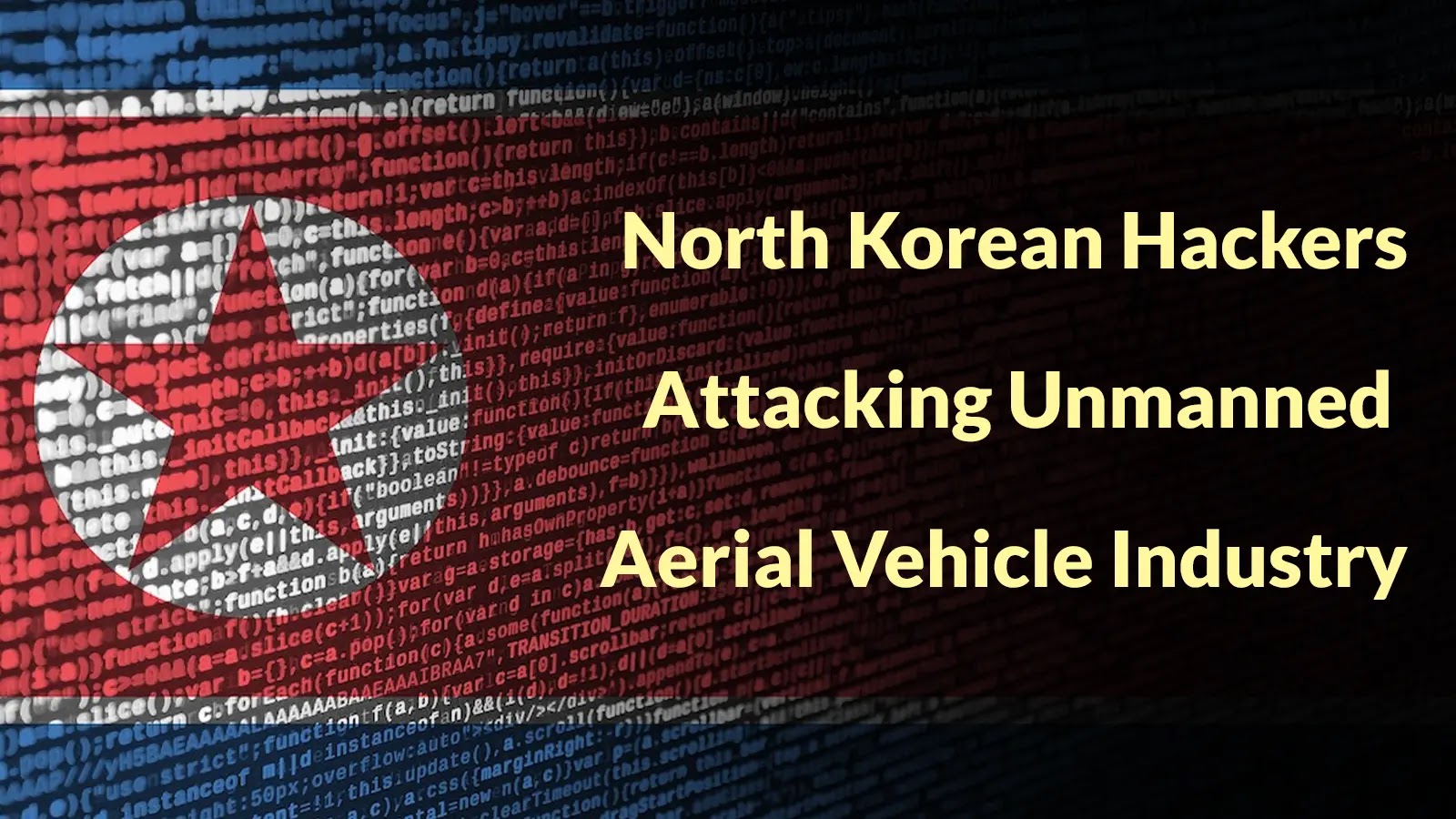
North Korean Hackers Attacking Unmanned Aerial Vehicle Industry to Steal Confidential Data
The unmanned aerial vehicle (UAV) industry, a rapidly expanding frontier in both military and civilian applications, is confronting a formidable threat: state-sponsored cyber espionage. Recent intelligence reveals a targeted campaign against European companies developing UAV technology, underscoring the critical need for enhanced cybersecurity within this vital sector.
North Korean Hackers Target UAV Sector
Beginning in late March 2025, the notorious North Korean state-sponsored hacking group, Lazarus APT, initiated a sophisticated cyberespionage operation, codenamed Operation DreamJob. This campaign specifically targeted three defense organizations located across Central and Southeastern Europe. These organizations, pivotal in UAV development, became the focus of highly advanced multi-stage attacks designed to exfiltrate proprietary and sensitive technological data.
The attackers employed cunning social engineering tactics, often impersonating individuals for initial compromise. Once initial access was gained, the Lazarus Group deployed sophisticated malware variants specifically crafted to maintain persistence, escalate privileges, and discreetly steal confidential information related to UAV systems.
Understanding Operation DreamJob
Operation DreamJob is a prime example of the Lazarus Group’s strategic focus on acquiring advanced technological capabilities through illicit means. Their modus operandi frequently involves a blend of persuasive social engineering and highly technical exploits, aiming for long-term infiltration rather than immediate disruption. The targeting of UAV developers highlights North Korea’s persistent efforts to bolster its technological and military prowess by leveraging stolen intellectual property.
The group’s deployment of advanced malware signifies a continuous evolution of their toolset, making detection and eradication challenging. These malicious payloads are often designed to evade traditional security measures, emphasizing the need for advanced threat detection and proactive defense strategies.
Remediation Actions
Organizations within the UAV and defense sectors must prioritize robust cybersecurity measures to counteract sophisticated threats like those posed by the Lazarus APT group. Proactive steps are essential for safeguarding sensitive data and maintaining operational integrity.
- Enhanced Employee Training: Implement comprehensive cybersecurity awareness training programs with a strong focus on identifying social engineering tactics, phishing attempts, and suspicious communications. Regularly test employees with simulated phishing exercises.
- Multi-Factor Authentication (MFA): Enforce MFA for all accounts, especially for access to critical systems, sensitive data repositories, and remote access. This adds a crucial layer of security, making it significantly harder for attackers to gain unauthorized access even if credentials are compromised.
- Endpoint Detection and Response (EDR): Deploy EDR solutions across all endpoints to monitor for malicious activity, detect advanced threats, and enable rapid response to incidents.
- Network Segmentation: Implement strong network segmentation to isolate critical systems and sensitive data from less secure parts of the network. This limits an attacker’s lateral movement once a breach occurs.
- Vulnerability Management and Patching: Maintain a rigorous vulnerability management program, ensuring all software, operating systems, and network devices are regularly patched and updated to address known security vulnerabilities. Keep an eye on recently disclosed CVEs that might impact your infrastructure.
- Intrusion Detection/Prevention Systems (IDPS): Utilize IDPS to monitor network traffic for suspicious patterns and block known malicious activity.
- Threat Intelligence Integration: Subscribe to and integrate relevant threat intelligence feeds, particularly those focusing on state-sponsored APT groups and their tactics, techniques, and procedures (TTPs).
- Incident Response Plan: Develop, test, and regularly update a comprehensive incident response plan. Ensure clear communication channels and defined roles for handling security incidents efficiently.
Conclusion
The persistent targeting of the UAV industry by sophisticated threat actors like North Korea’s Lazarus Group serves as a stark reminder of the continuous and evolving cyber threats faced by critical technological sectors. The implications of stolen UAV technology extend beyond corporate losses, potentially impacting national security and defense capabilities. Organizations must adopt a proactive, multi-layered security approach, investing in both technology and human expertise, to defend against these determined adversaries and protect their invaluable intellectual property.





